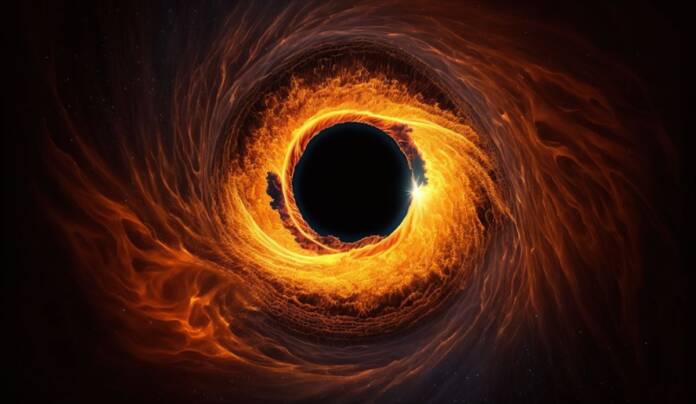A team of physicists has managed to simulate the horizon event of a black hole in the laboratory, managing to observe radiation equivalent to what is known as Hawking radiation. This experiment, although carried out in a controlled environment, can help to understand the fundamentals of the theory of relativity and quantum mechanics.
Black holes are considered one of the strangest and most extreme objects in the universe. They are characterized by their high density, which means that at a certain distance from their center of mass, there is no speed in the universe that is sufficient to escape. Not even the light.
However, the theory of relativity, which describes the behavior of gravity as a continuous field known as space-time, and quantum mechanics, which describes the behavior of discrete particles using the mathematics of probability, have not yet been established. Found a way to unite.
For a unified theory of quantum gravity that can be applied universally, these two immiscible theories need to find a way to understand each other. Black holes could offer a solution to this problem.
Hawking radiation in a controlled environment
In 1974, Stephen Hawking proposed that disruptions in quantum fluctuations caused by the event horizon produce a type of radiation very similar to thermal radiation. This radiation, known as Hawking radiation, is too faint to detect, but it can be studied in laboratories by creating artificial black holes.
Lotte Mertens’s team, from the University of Amsterdam in the Netherlands, conducted a groundbreaking experiment using a string of atoms in a single row to simulate the horizon event of a black hole. This chain of atoms allowed electrons to “jump” from one position to another, and physicists tuned the ease with which this jump could occur to create specific vanishing properties, creating a type of event horizon that interfered with the wave nature of the electrons.
The simulated Hawking radiation was only thermal within a certain range of hop amplitudes and under simulations that began by mimicking a type of spacetime considered “flat.” This suggests that Hawking radiation could only be thermal within a specific range of situations, and when there is a change in the curvature of space-time due to gravity.
The experiment offers a way to study Hawking radiation in a controlled environment, uninfluenced by the wild dynamics of black hole formation. Furthermore, it is so simple that it can be used in a wide range of experimental setups.














